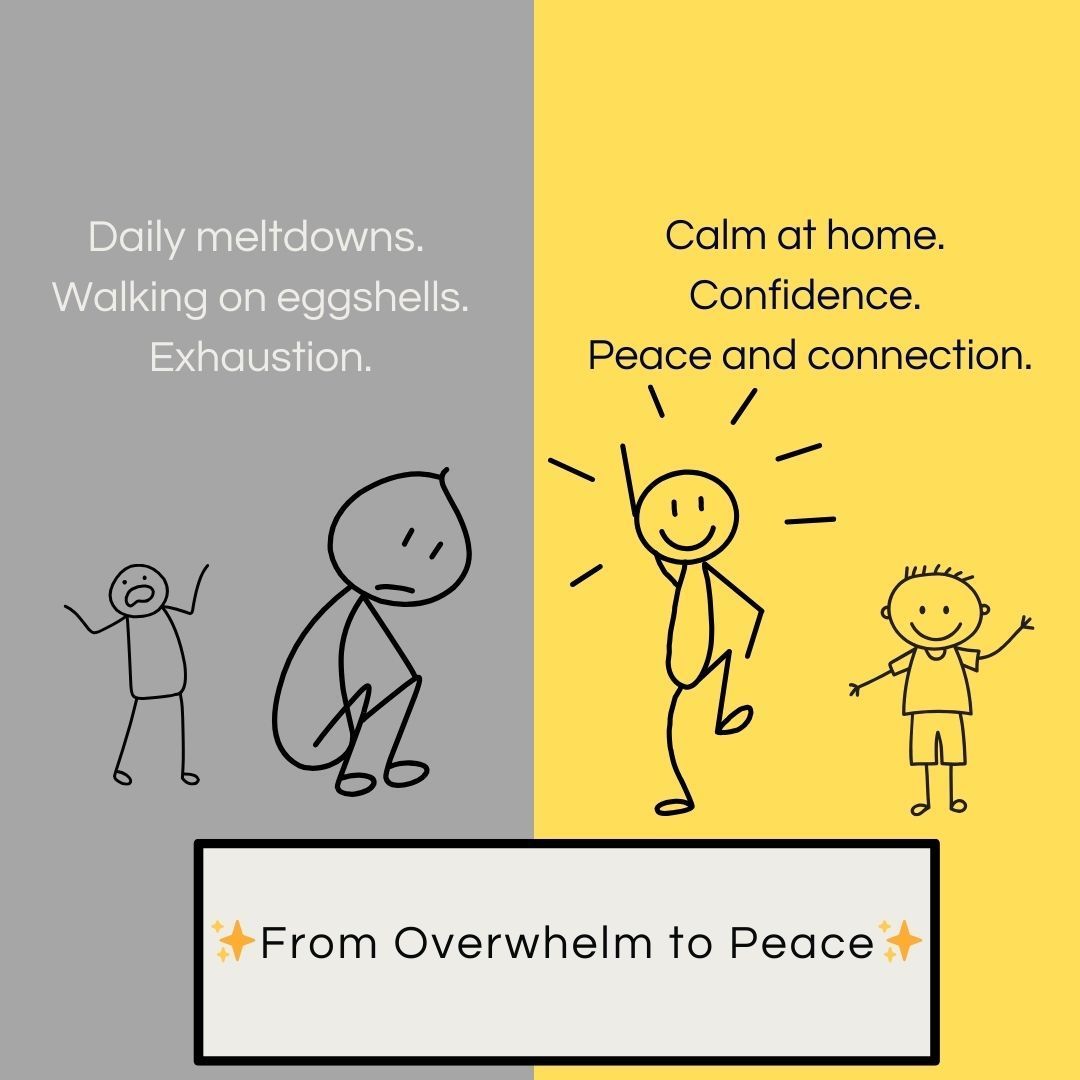Parenthood is full of decisions. How do you know when you're making them right?

“Am I doing things right? I never know when to say no, and when to let things slide.”
********
Let’s face it. Parenting is full of gray areas.
“Pick your battles,” new parents are told. But which battles are worth it? When can you let things slide?
*******
When Fiona started coaching with me, she wanted to learn when to say no to her son, and when to let things go.
Fiona had no confidence in her decisions as a mom, and so every tantrum her son had felt like more proof she didn't know what she was doing.
Fiona had spent a lot of time seeking out outside opinions about her parenting. Everyone had an opinion.
Too lenient (her parents); not enough structure (the nanny); see a developmental specialist (the preschool teacher).
********
GRAY AREAS in parenting involve anything where your internal parenting compass is unsure what you should do. You may have mixed feelings, or feel self-critical, or feel like you are failing. You may be feeling judged by your parents, or other parents.
- Sometimes it’s because you don’t know how strict to be
- Sometimes it’s because you feel guilty about the boundaries you have set
- Sometimes it’s because you wish you had set different boundaries
- Sometimes it’s because there is a mismatch between your child and the environmental expectations
********
The end result is a miserable feeling where you make decisions you don’t feel confident about, and then you criticize yourself when your child doesn’t respect the boundaries you do try to set.
*******************
How do you get to the right decision?
These are the 3 steps I recommend.
1.) IDENTIFY YOUR DEEPEST FAMILY VALUES:
- What are your deepest values for your family?
- What are the most important things you want your child to learn?
- What kind of adult do you want your child to grow up to be?
VALUES are the GUIDEPOSTS for all your decisions as a parent. After you tune into what is truly MOST IMPORTANT TO YOU, it becomes much clearer when something is worth a fight, and when it isn’t.
Is sitting still one of your deepest family values? Probably not, so maybe you can let that go.
But maybe treating others with respect is, so that's something you are going to be sure to model, highlight, and insist on.
***A NOTE ABOUT COOPERATION AND LISTENING
When a child doesn’t listen, this can be very, very challenging.
However, after calming ourselves and taking some steps back, most of us will agree that BLIND OBEDIENCE is probably NOT one of our deepest held family values. When we acknowlege this, it gives us the space to allow our child to have their feelings in the moment, and to allow some time for everyone to cool off before we address something that we have decided is a deeply held family value.
2.) SETTING BOUNDARIES PEACEFULLY:
Once you have identified your most deeply held family values, and decided sometimes is important, you may need to set boundaries with your child that they are not going to like. Sometimes they might even have very big negative feelings about these boundaries!
As long as these boundaries are ACTUALLY IMPORTANT to your family, then you can release the guilt and insecurity around your decisions. There are ways to show empathy to your child’s big feelings, and allowing those feelings, while still enforcing your boundary peacefully.
Learning how to set boundaries peacefully is in fact one of the biggest skills we work on in coaching. It involves empathy for the child’s feelings and needs, as well as empathy for the parent. It also involves staying flexible so that the child and adult are involved in finding a way to honor the boundary together. An example might be that it’s bedtime (the boundary), but the child could read some stories or listen to music before bed. Or the boundary might be that everyone contributes cleaning the house (the boundary), but the child can vaccuum or fold the laundry or feed the pets.
Peaceful boundaries involves some flexibility and joint decision-making between the parent and child, determing how the child will respect the boundary—while the boundary itself doesn’t change.
3.) GETTING SUPPORT:
When your child doesn’t listen, or has a tantrum, parents get triggered. Our brain goes to a “fight or flight response.”
This is a very, very challenging place to parent from!
The voice in our head may say:
- No one ever listens to me
- I can never do anything right
- Nothing ever works for me
Usually, this is baggage we carrying around that HAS NOTHING TO DO WITH OUR CHILD or the current situation.
When we find the right support, we can actually dissolve our triggers, and come to challenging situations with our child refreshed, unburdened, and calm. Now we are able to approach setting boundaries peacefully and with confidence.
*********
Together, Fiona and I walked through these 3 steps. She identified her most deeply held family values for the kind of person she wanted her son to become. She practiced setting boundaries peacefully, which meant allowing her son to have big feelings, and showing empathy for his feelings. She dissolved her own triggers, so that she wasn't in a fight-or-flight response when her son had tantrums. And she and her son got to a place where they could solve challenges peacefully together.
**********
Fiona stopped asking me when to say yes or no.
She finally felt confident.
She trusted the answers inside of her, and she trusted that she and her son could find solutions that worked for them both.
And that's a very beautiful thing.












